There was a heavy rain in Zhengzhou on July 20, breaking China's record for the maximum rainfall in a single hour, causing serious urban waterlogging, and many photovoltaic power plants were severely affected.
Typhoon "Fireworks" log in Zhe Jiang coastal# On July 25, the typhoon fireworks were registered in the Putuo District of Zhoushan on the front, and on the 26th, the typhoon fireworks registered in Pinghu and Shanghai Jinshan coastal area, which will have an impact on the Jiangsu, Zhejiang and Shanghai photovoltaic power plants.
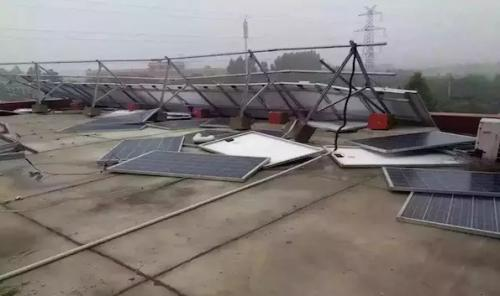
(After the strong wind, the photovoltaic power station becomes ruins)
With the widespread promotion of solar energy, many areas are key areas for new photovoltaic power plant projects. Small and medium-sized projects generally lack the consideration of extreme weather in the design. The sudden typhoon flood has caused heavy losses for many power plants. The power station that was positively affected by the typhoon was directly turned into rubble, and the photovoltaic power station was soaked by flood; except for the components, other electrical equipment was basically scrapped, causing economic losses while also facing safety issues such as electric shock.

How should photovoltaic power plants be prepared for protection?
1. From the perspective of the preliminary design of photovoltaic power plants, what special points should be paid attention to in centralized power plants and distributed power plants?
①Improve the quality of photovoltaic modules and accessories#
From the component raw materials to solve the quality, stability, wind and shock resistance of photovoltaic modules, and focus on increasing product performance from the selection of module frame and glass backplane. However, after the product quality and volume are increased, the transportation and installation costs of the entire power station need to be considered; therefore, the cost-effectiveness of both parties should be integrated in the initial design. The photovoltaic support chooses stronger materials to ensure maximum wind resistance.
In principle, areas with frequent geological disasters should be avoided at the initial stage of the design. According to local conditions, design should be carried out in accordance with the wind and seismic parameters of coastal areas, and photovoltaic supports with strong compression capabilities should be selected.
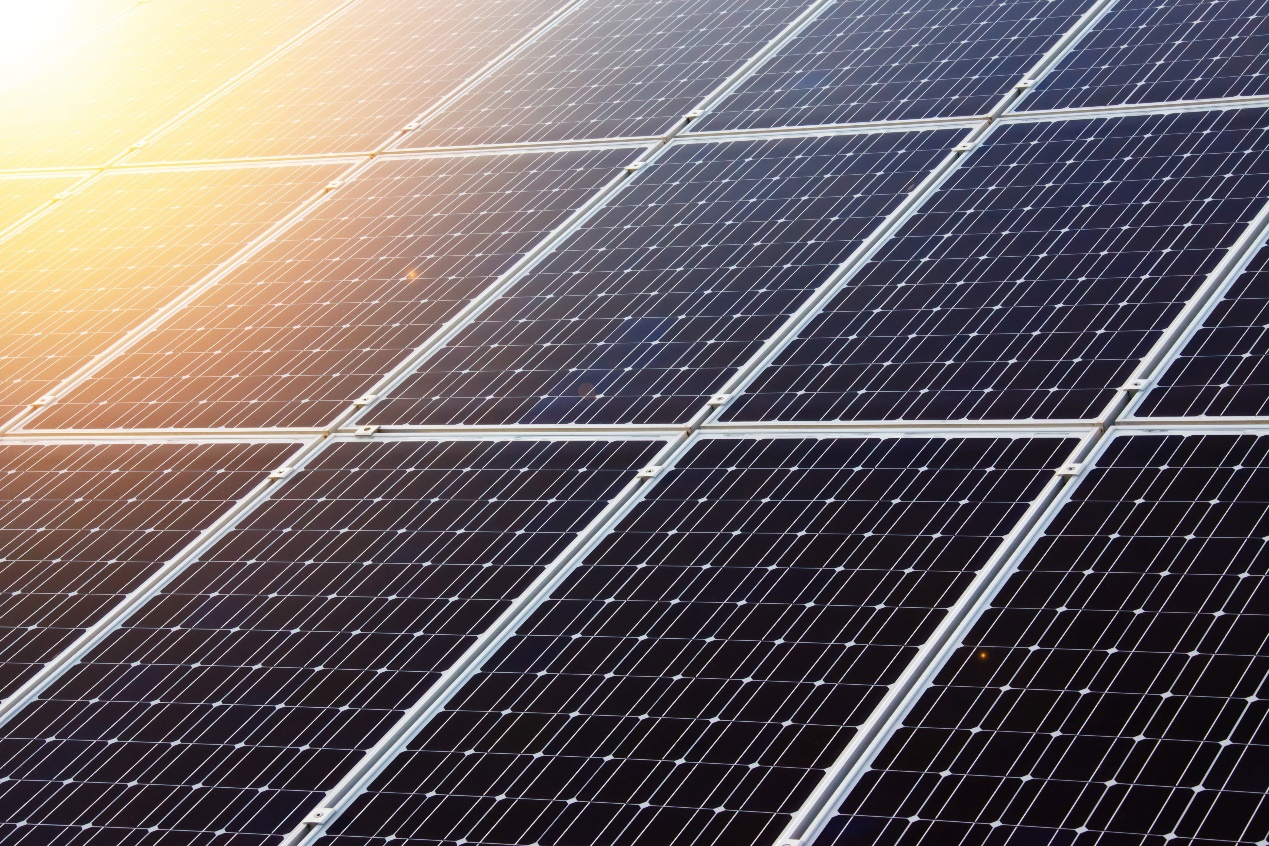
② Improve the quality of photovoltaic design and installation#
Choose a design company and installation company with installation experience, explore the installation location in advance, and lay a good foundation, control the quality of the entire photovoltaic power station system, reasonably calculate the theoretical wind pressure and snow pressure, etc., and strictly control the entire project.
Do well and focus on the above points, and the focus of distributed power stations and centralized power stations are basically the same.
2. How can coastal residents install distributed photovoltaics to reduce risks in the original design?
Coastal areas are more susceptible to geological disasters such as typhoons and floods. When installing household photovoltaics, they are basically on the roof and some open places. The buildings are generally based on cement. The cement foundation for household photovoltaic installations must take full account of the local dozens. The annual wind pressure is a standard design, and the weight and strength must be strictly implemented in accordance with local regulations. Reasonably select the site and design in accordance with the local short-term maximum rainfall, depth of water accumulation, drainage conditions and other factors to avoid the risk of the system being immersed.
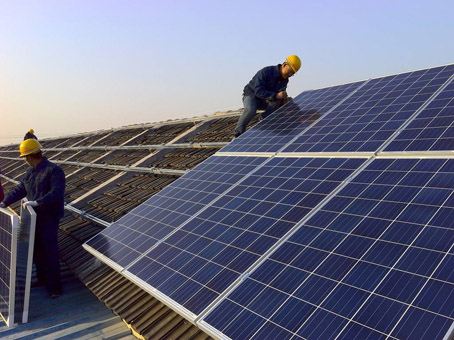
3. When a typhoon comes, what kind of protection should be done for the operation and maintenance of the power station?
During the operation and maintenance of the power station, regular and irregular inspections of photovoltaic operation should be performed, and the quality and stability of the buildings on which the project depends should be regularly analyzed. Perform regular system inspections on the entire system, components, power transmission and distribution, inverters, etc. Do not wait for problems to be inspected, and be prepared for storms.
At the same time, for enterprises and individuals, establish an emergency plan mechanism, pay attention to weather conditions in time, and add temporary drainage facilities; during inspections, switches at all levels of the power station should be turned off and insulation measures should be taken.
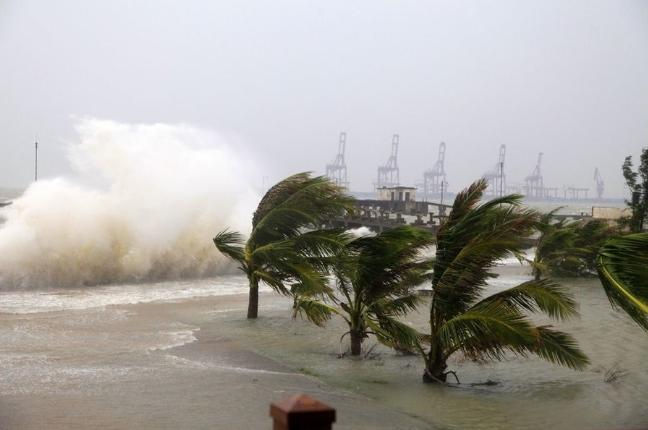
4. In terms of household photovoltaics, how do self-owned power stations respond to typhoons?
For distributed photovoltaics, it is necessary to regularly and irregularly check the operation of their own photovoltaic system and the stability of the support. When typhoon precipitation comes, do a good job of drainage and waterproofing; after heavy rainfall, wear insulating equipment to shut off the photovoltaic operation. Take precautions before they happen. Of course, you must also make a good choice of insurance for your own photovoltaic system. In the event of an accidental disaster within the scope of compensation, you should make a claim in time to reduce losses.
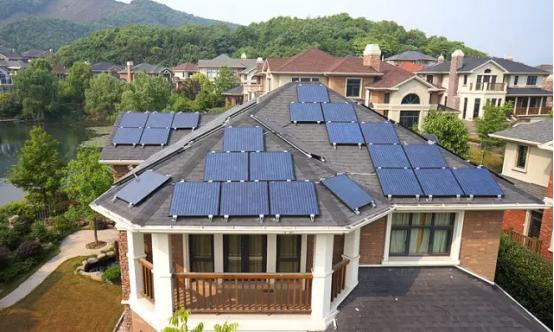
Post time: Sep-13-2021









